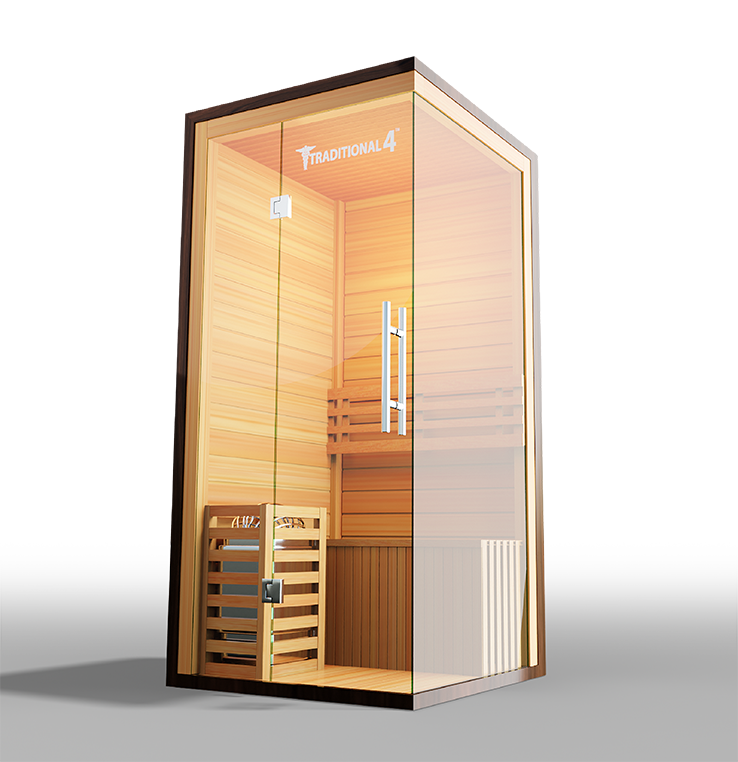About Traditional Sauna
About Traditional Sauna
Blog Article
Traditional Sauna Things To Know Before You Buy
Table of ContentsSome Known Facts About Traditional Sauna.What Does Traditional Sauna Do?What Does Traditional Sauna Do?The 9-Minute Rule for Traditional SaunaSome Of Traditional Sauna
A lot of the weight lost in a sauna is water loss and is re-gained upon rehydrating. Nevertheless, undeniably sauna can be a fundamental part of a healthy and balanced weight reduction program. To check out the distinctions between conventional and IR saunas, I will separate these right into verifiable, theoretical, and fabricated differences.Hence, the best point in the saunawhich is at the ceiling straight above the sauna heateris normally in between 185 and 190 F. Claims that a typical sauna exceeds 200 F is just not true and not appropriate for electric saunas offered in the United States. The temperature level for a far-infrared sauna is usually established in between 120 and 140 F; however, unlike the conventional sauna, the objective in and IR area is not to achieve a high temperature.

When a standard sauna has been correctly heated, the sauna wall surfaces are warm, the air temperature level has actually attained set temperature level and the rocks are very heated. As an interesting side note, the warmed walls and the rocks are producing far-infrared heat, combined with the heated air, to develop an "covering warmth".
The Of Traditional Sauna
When the high temperature is achieved, the aspects cycle on and off to keep the high temperature. A lot of typical sauna users take pleasure in putting water over the rocks to create heavy steam to increase sauna moisture levels. The advantages of putting water over the rocks include: making the space much more comfy, moistening the nasal flows, and permitting the use of aromatherapy by mixing necessary oils with the water.

When the energy gets in the body, it creates the body temperature level to raise this content and inevitably causes sweat. In an infrared sauna it is necessary for the emitters/heaters to remain on almost continuously. Because there is no mass of rocks to keep heat, the sauna will cool down if the emitters shut down.
Traditional Sauna Fundamentals Explained
As pointed out above, the sauna bather in an infrared area desires to position himself before operating emitters to obtain maximum advantage from the warm. The home heating time for both click here for more info rooms can be really different, relying on exactly how the rooms are utilized. For a standard sauna, a bather must allow 30-40 mins for the room to attain a preferred temperature level and to appropriately pre-heat the rocks.

A well created sauna will generally accomplish a temperature level of 150-160 F in regarding 30-40 mins (Traditional Sauna). For hotter temperature levels, the space might require to heat for a longer period. As soon as the room accomplishes established temperature level, the heater will certainly cycle on and off, typically operating regarding 50% of the moment. The insulated walls and the heated rocks will certainly maintain the area hot and at read this post here steady temperature levels.
To some, 15 mins was "thrown away" while the infrared power warmed the wood panels rather than heating a body, while others discover a pre-heated space to be a lot more comfy and think an elevated starting temperature is needed to start sweating. The size of advised usage for each and every area is approximately the same (10-15 minutes per session); however, because of the lower air temperatures and the ability to feel the impacts of infrared warm faster than a typical sauna, it is not unusual for an individual to spend a total of 20-30 minutes in an infrared sauna.
The 15-Second Trick For Traditional Sauna

The ordinary expense per kWH of electricity in the united state is around $0.11, so a 4.5 kW heating system will set you back about $.50 to run for one hour, if the heating unit runs continually for one hour. Normally a sauna heater will compete 75% of the initial hour and 50% of subsequent hours on because the components cycle once the set temperature is accomplished.
A 2 individual far-infrared room is typically literally smaller sized than a traditional sauna, commonly concerning 4' x 4' or smaller sized. The IR heater is usually 1.5-1.7 kW making use of a 120 volt 15 amp plug-in solution. Since the space can be utilized earlier than a sauna area, we will certainly think the room is used for to of an hour including warm up time.
There is a hardly ever reviewed distinction in the social experience in between the 2 areas. While our society has actually shed several of the social advantage of the traditional sauna experience, it can be very socially rewarding (Traditional Sauna). From family time in the sauna, to heart-felt discussions with substantial others, to sauna partiesthe typical sauna experience can bring about intimate mingling
The Best Guide To Traditional Sauna
The majority of higher end infrared areas include tinted light therapy, noise systems and full-glass fronts.
Report this page